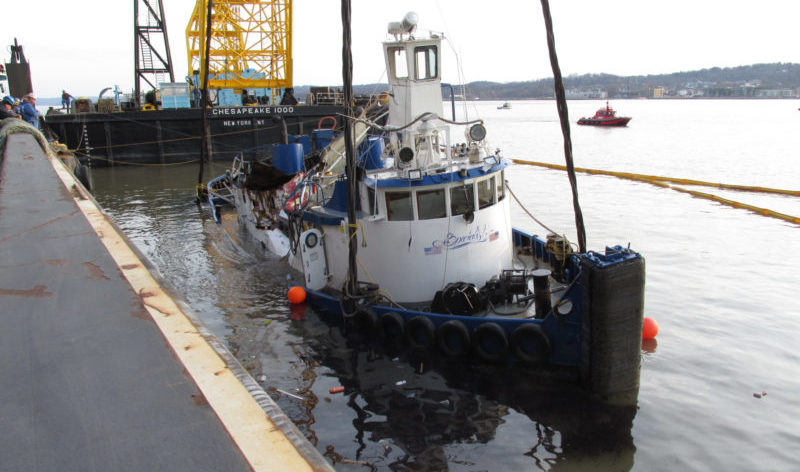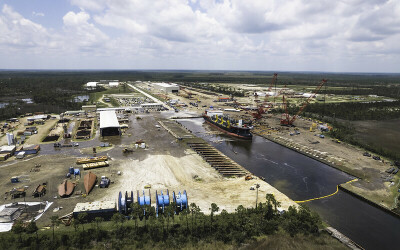A tugboat sinking at a New York bridge construction site accounted for three of eight fatalities from towing accidents during 2016, a year that saw a slight uptick in overall accident rates.
The March 2016 sinking of the tugboat Specialist after it hit a construction barge on the Hudson River pushed the fatality count up to eight from six in 2015, according to the recently released report from the National Quality Steering Committee, a joint endeavor of the Coast Guard and the American Waterways Operators.
Generally the annual review has documented a trend of safer operations since the mid-1990s, with fatalities steadily declining from a spike of 29 deaths during 1997.
The report noted an upturn in less serious reported vessel incidents in 2016 with 1,231, up from 1,098 incidents during 2015. Of those, 84% were classed as “low intensity,” but still showed a climb back.
The incident rate in 2015 was sharply down from the typical rate of recent years, which stood at 1,797 during 2014. Aside from low-intensity mishaps, the number of more serious incidents has remained fairly constant in recent years, the report noted.
Oil spills are reported as another measure of safety performance, and 2016 continued an industry trend of long-term improvement. Spills from tank barges were tallied at 32,202 gals., down from 147,070 gals. in 2015.
The committee uses those numbers to establish another metric of gallons spilled per one million gallons transported by barge. The 2016 rate was 0.42 gals., down from 1.9 gals. during 2015.
Reported crew injuries were 100 for 2016, down from 109 in 2015. Falls onto surfaces, strains and sprains, being struck by moving objects, and line handling accidents are the most common cause of injuries.
While deaths have declined over the years, lives lost from falling overboard remained a near constant, claiming four lives in 2016, a number that has hovered around three or four casualties annually since 2010.





